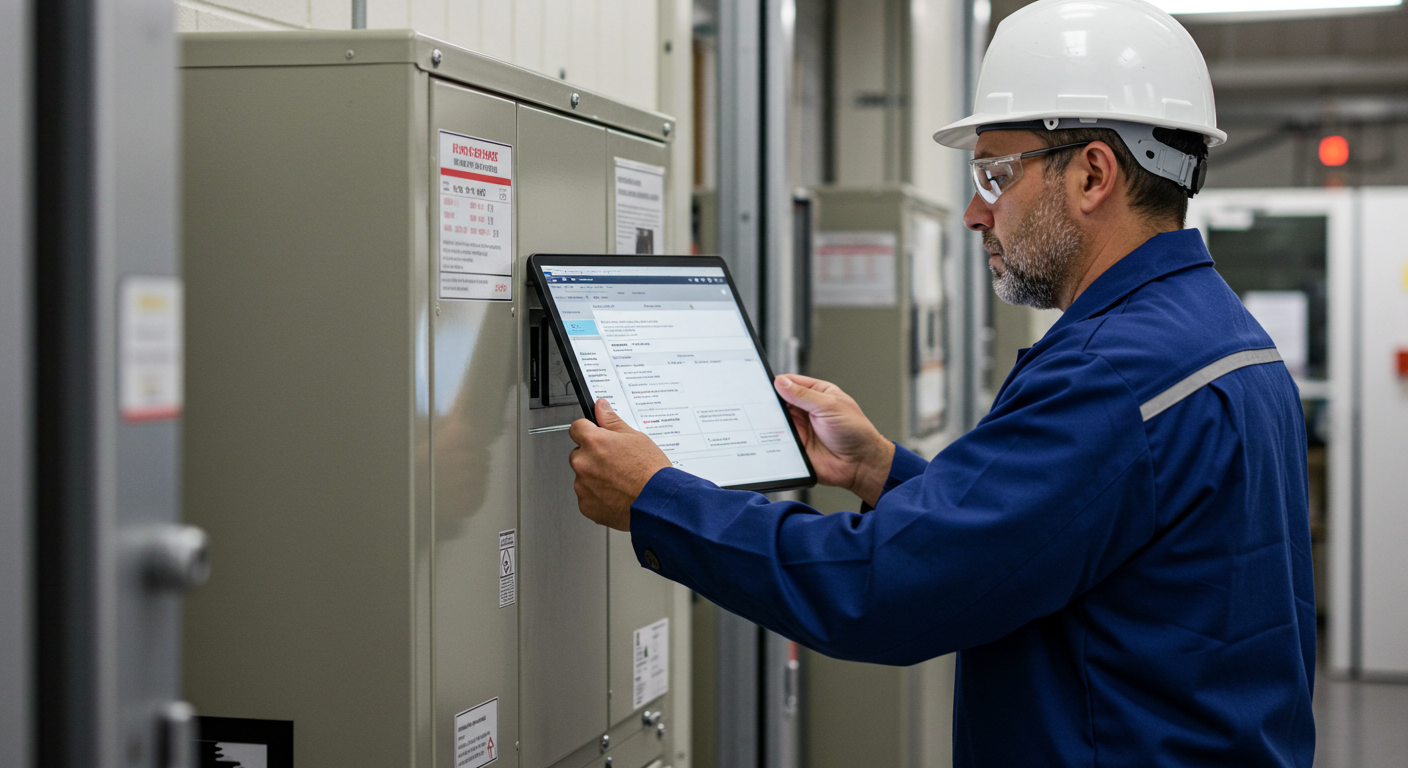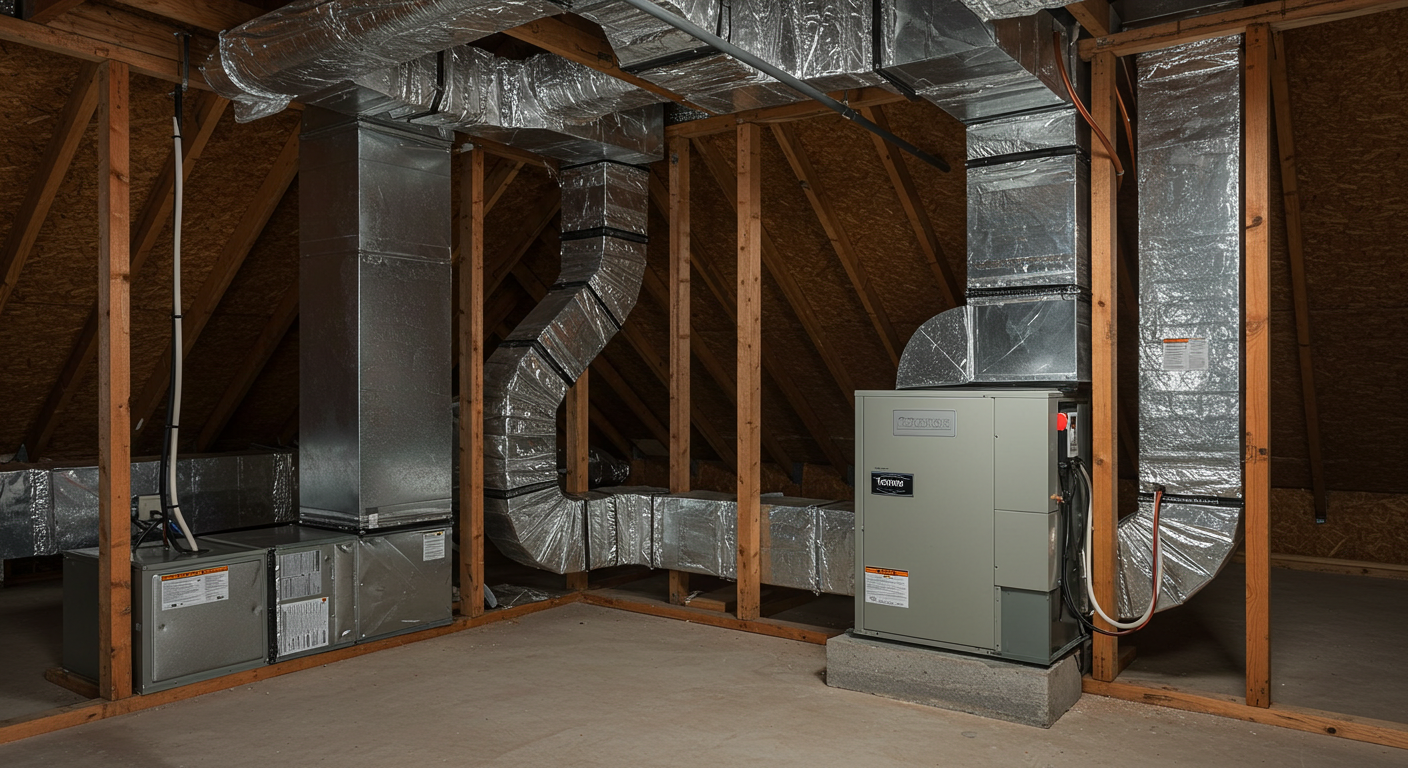
Troubleshooting Tips for Tough HVAC System Diagnoses
As we move into 2025, HVAC systems continue to be a crucial component of our homes. However, diagnosing issues in these complex systems can often feel like solving a puzzle. Whether you’re dealing with an aging system or advanced technology, understanding how to effectively troubleshoot can make all the difference.
Understanding the Age and Maintenance of Your HVAC System
Did you know that one in five homes in the United States has an HVAC system that’s over 20 years old? With 76% of homeowners reporting systems over 10 years old, it’s no wonder that maintenance is on everyone’s mind. As systems age, the frequency and cost of repairs tend to increase significantly.
Sharpening Your Troubleshooting Skills
Being a great troubleshooter means honing certain skills. Observation is key—seeing the big picture and gathering data can guide you to potential problems. But don’t overlook the importance of communicating with your clients to get the full story.
Logical and critical thinking are your allies here. By using inductive reasoning, you can sift through data and diagnose system issues. Additionally, being able to read HVAC system diagrams is essential for understanding configurations and finding effective solutions.
Identifying Common HVAC Problems
Thermostat issues are among the most common HVAC problems. Whether your heater or air conditioner refuses to start, runs constantly, or shows no power, these are signs that need attention. As systems age, these problems can become more frequent and costly.
Advanced Techniques in HVAC Diagnosis
In recent years, advanced techniques have become more prevalent. Using data-driven approaches such as sensors and algorithms like Support Vector Machine or Artificial Neural Networks can enhance fault detection and diagnosis.
- Understand HVAC controls and automation.
- Familiarize yourself with digital control interfaces.
- Learn protocols like BACnet or Modbus for efficient troubleshooting.
Seasonal Impacts on HVAC Repairs
HVAC repairs often peak during the summer and early fall months. Being prepared for these seasonal surges can help you manage your workload more effectively and keep your clients satisfied.
Frequently Asked Questions
What are the most common HVAC system issues?
Common issues include thermostat malfunctions, air filter clogs, and ductwork leaks, which can lead to inefficiencies and system failures.
How can I improve my HVAC troubleshooting skills?
Focus on enhancing your observation, logical thinking, and communication skills. Familiarize yourself with system diagrams and practice inductive reasoning.
What advanced techniques are used in HVAC fault diagnosis?
Data-driven techniques using sensors and algorithms like artificial neural networks are gaining popularity for accurate fault detection.
Why do HVAC repairs increase during certain seasons?
Repairs often increase during summer and early fall due to higher system demands, which can strain older units and lead to breakdowns.
How does the age of an HVAC system affect its maintenance needs?
Older systems typically require more frequent and costly repairs, making regular maintenance even more critical.
In conclusion, troubleshooting HVAC systems can be challenging, but with the right skills and techniques, you can effectively diagnose and resolve issues. Stay informed, keep sharpening your skills, and don’t hesitate to embrace new technologies to enhance your troubleshooting capabilities.
Need help with your HVAC system? Contact us today for expert assistance!


